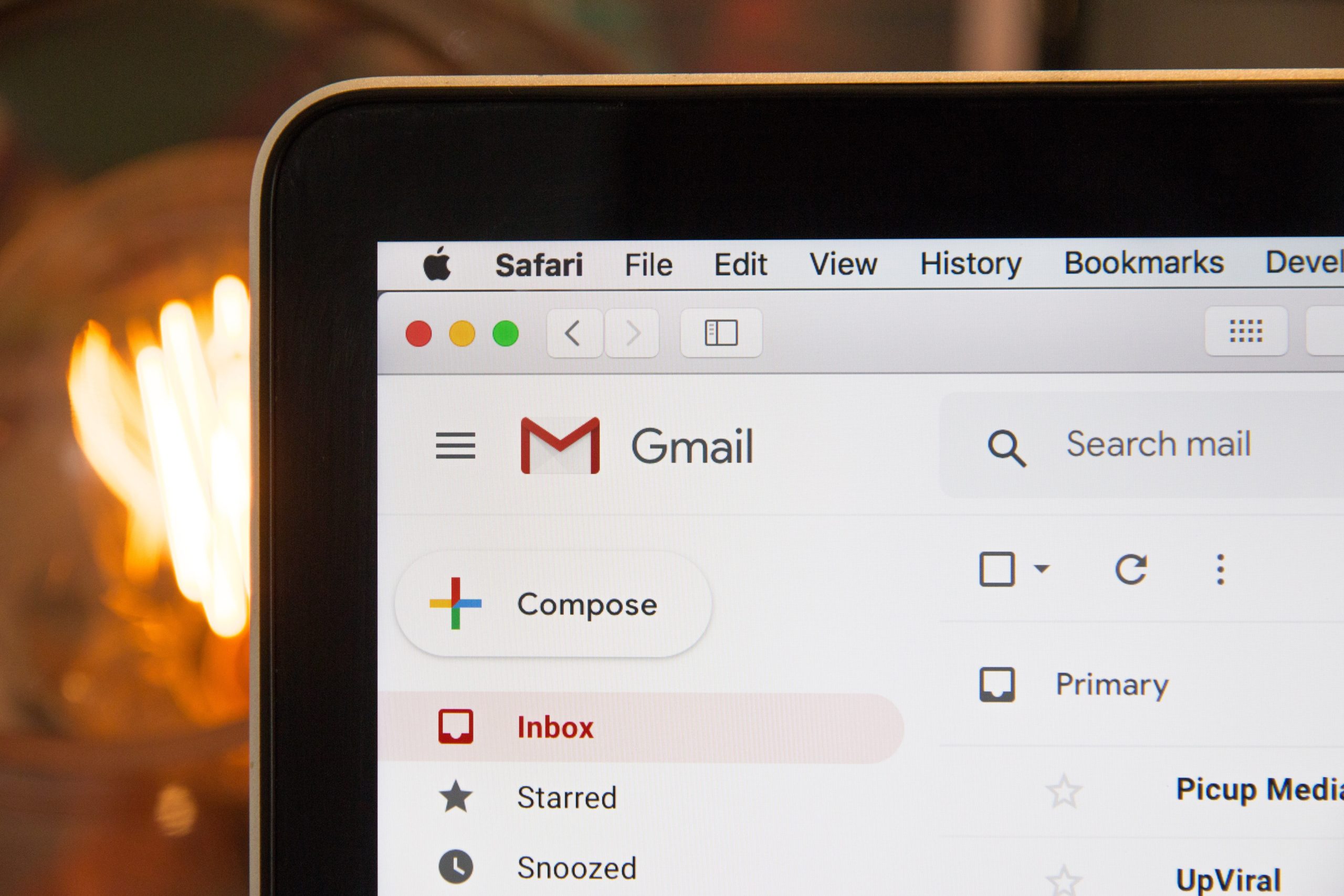Email newsletters are a superb way to send out your company’s latest updates, but they have a significant drawback: new subscribers only receive emails after signing up.
Nothing you sent to your email list before that point reaches their inbox. They’ll only see the information you send after they sign up.
That’s where drip automation comes into play.
Drip automation helps you give subscribers the right information at the right time through email.
While creating personalized content and ads takes time, the drips take over once you execute it, and there’s no further action needed from you.
Setting up drip automation might seem scary, so we’ve broken down what an automated drip campaign is, when you should use it, how to set it up, and examples to help you see it in action.
What Is an Automated Drip Campaign?
An automated drip campaign sends a series of email messages to recipients based on when they show up on your email list.
A drip campaign starts as soon as someone subscribes to your email list. And it’s made up of time-based emails that you send out over a set period. So, for example, one email can be sent as soon as someone signs up, then another three days later, and another after a few weeks.
The beauty of drip campaigns is that everything happens automatically based on defined triggers and user segments.
Drip emails are also very effective. According to Pinpointe, open rates for drip campaigns are about 80 percent higher than single send emails, and average click-through rates are three times higher.
When Should You Use an Automated Drip Campaign?
Your reasons for using drip emails will depend on your marketing and business goals. So if used well, you can reap huge benefits. In fact, companies have seen a 20% increase in sales after using drip campaigns to nurture leads.
That said, you can use drip campaigns to:
- Welcome new subscribers or confirm product orders
- Nurture leads for conversions and adding new subscribers
- Reward customer loyalty with targeted offers and discounts
- Educate your current subscribers and potential customers
- Make recommendations or direct subscribers to specific content
- Revive interest after cart abandonment or unsubscription
- Engage users with products and services
You don’t need to use all the methods mentioned above to have an effective drip campaign. Instead, you should tailor your drip campaign according to your product or service offering and the speed with which conversions occur within your email marketing campaign.
How to Set Up a Drip Campaign
You can use the following tips to set up your drip campaign:
1. Choose a Drip Campaign Software
Before you can set up your automated drip campaign, you need a sales automation tool that enables you to schedule the emails in advance and target them to specific segments of your email list. For example, you can create and send email drip campaigns with Sender and, at the same time, schedule SMS marketing campaigns from the same system.
2. Determine the Purpose of Your Automated Drip Campaign
Do you want to cross-sell existing customers? Revive dormant subscribers? Nurture new leads?
Determine what action you want your recipient to take at the end of the drip campaign and create a plan to get there.
Once you know the goal for your drip campaign, consider who will be segmented into the drip.
3. Identify Your Target Audience
Identifying your target audience and how to segment them is crucial for your campaigns’ success.
For example, you can divide the audience into new leads, customers who purchased once, and loyal customers with repeat orders. You can also do this segmentation using other demographics based on previous interactions.
4. Craft the Drip Messages (And Personalize Them)
With your subscribers in mind, create attractive but simple drip emails. The email content should be relevant and personalized.
Try to create catchy subject lines to boost your open rate and ensure you have a clear call to action (CTA).
Make sure to include high-quality images in your emails to keep the readers’ attention. Using a picture editor can help you optimize images for email to speed up loading times and improve quality.
5. Launch Your Drip Campaign and Review Periodically
After completing the above steps, you can launch the campaign.
The sooner you make the most of your drip campaign, the faster you’ll start seeing results. A/B test your drip campaign and periodically review and update the scheduled emails according to the user’s preferences.
Real-Life Drip Campaign Examples You Can Replicate
The more personal you make your campaigns, the more chances your subscribers will react positively to them.
For instance, the examples below are effective drip email campaigns since prospects would not even realize that they’re pre-written, automated emails.
That said, here are five drip campaign examples you can replicate:
1. Chobani’s Cross-Selling Campaign
Chobani’s cross-sell drip campaign hits all the right notes.
The email gives customers an excellent opportunity to buy Chobani Greek Yogurt and Autumn Harvest Crisps as one product. The email emphasizes the ‘I think this item will also benefit you’ concept.
2. Barnes & Noble Limited Offer Campaign
Limited offer campaigns work since they have an irresistible offer that your customers can’t ignore. You’ll get huge conversions by combining the right incentive and a magical X% off.
You can see how the Barnes & Noble team combined its limited offer drip series with a powerful sales trigger in the example above.
3. Saatchi Art’s Cart Abandonment Campaign
Saatchi Art offers customers a whopping 10% discount to entice them to complete their purchase.
With 10% off, who can resist?
The brand also aims at winning back its customers by adding a brightly colored call-to-action button.
4. Spotify’s Welcome Drip Marketing Campaign
Welcome emails are crucial since they set the tone for the rest of your email marketing campaign. If the email doesn’t resonate with your audience, they might hit the unsubscribe button immediately.
So, you must get this right if you want to keep your subscribers and move them down your sales funnel.
One of the best welcome drip email examples is from Spotify. Their welcome email takes the form of a landing page thanking you for signing up and highlighting the value you’ll get as a subscriber.
5. Pitch’s Onboarding Campaign
After your welcome email, inform your new trial users that you’ll help them learn the ropes. Set up your drip campaign according to triggers based on their activity (or inactivity) and number all the actions you want them to take.
In addition, give your new users a demo of the steps you want them to take. In Pitch’s onboarding sequence, from opening the pitch to learning how to create templates, you’ll enjoy a smooth user experience.
Start Your Drip Automation Campaign Today
There’s much-untapped potential in drip email automation. In fact, 79% of qualified leads never convert because they aren’t nurtured using drips.
An automated drip campaign is a superb email marketing tool that boosts your sales and helps you achieve your marketing goals. Designing drip emails triggered by specific user actions will also improve customer relationships.
Consider using automated drip campaigns if you want to streamline your email marketing efforts. In addition, they’re likely to boost your email marketing ROI.
Ready to build a successful drip campaign? Learn about how Spiralytics can support your efforts with our best-in-class marketing automation services package!






